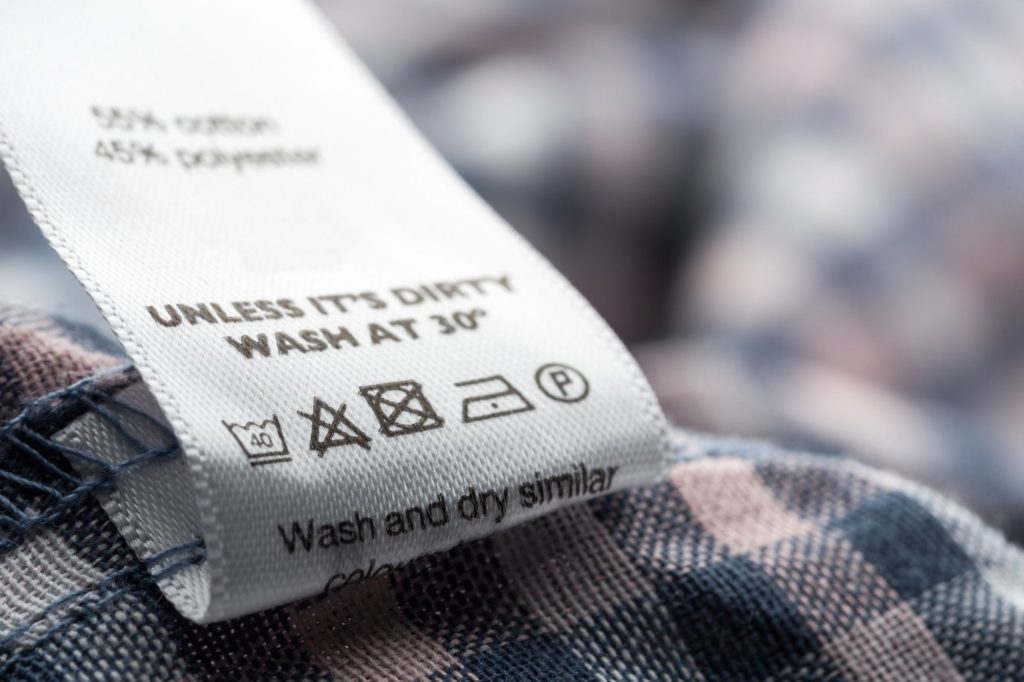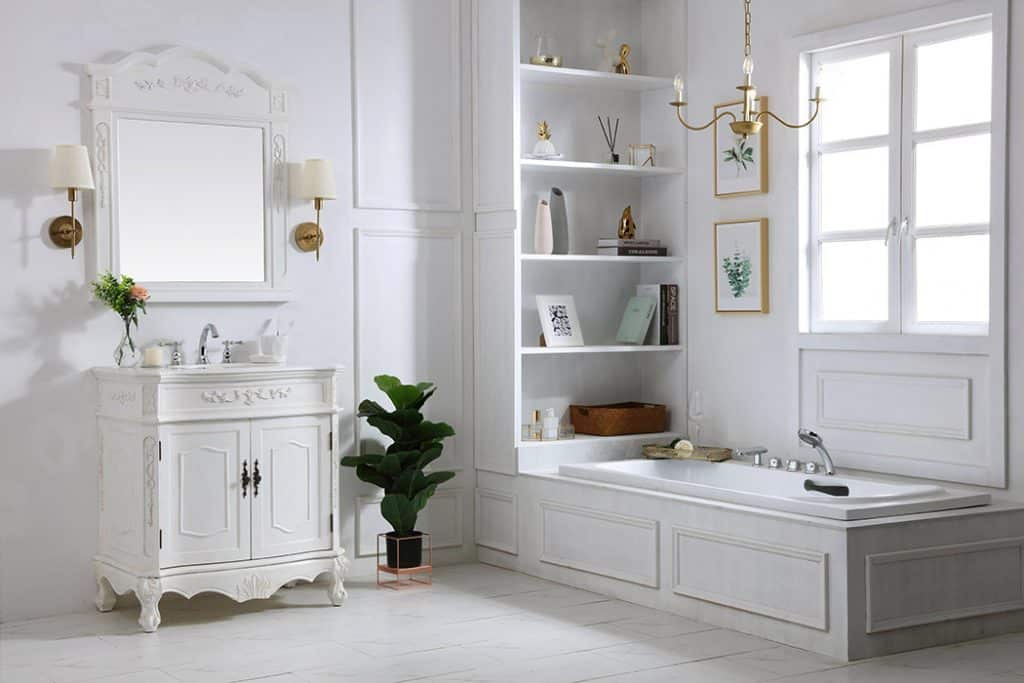We spend a third of our lives touching our bedding. But, funny, we attach much less importance to the quality and material from which it is made than to the material of our daily clothes.
In this article we’ll emphasize the following most popular materials used in a bedding textile:
- Upland cotton
- Premium cotton: Egyptian, Pima, Supima®
- Silk
- Cashmere and Pashmina
- Flannel
- Linen
- Bamboo
- Tencel®
- Polyester and Polycotton
Upland Cotton: the most popular textile material for centuries and still
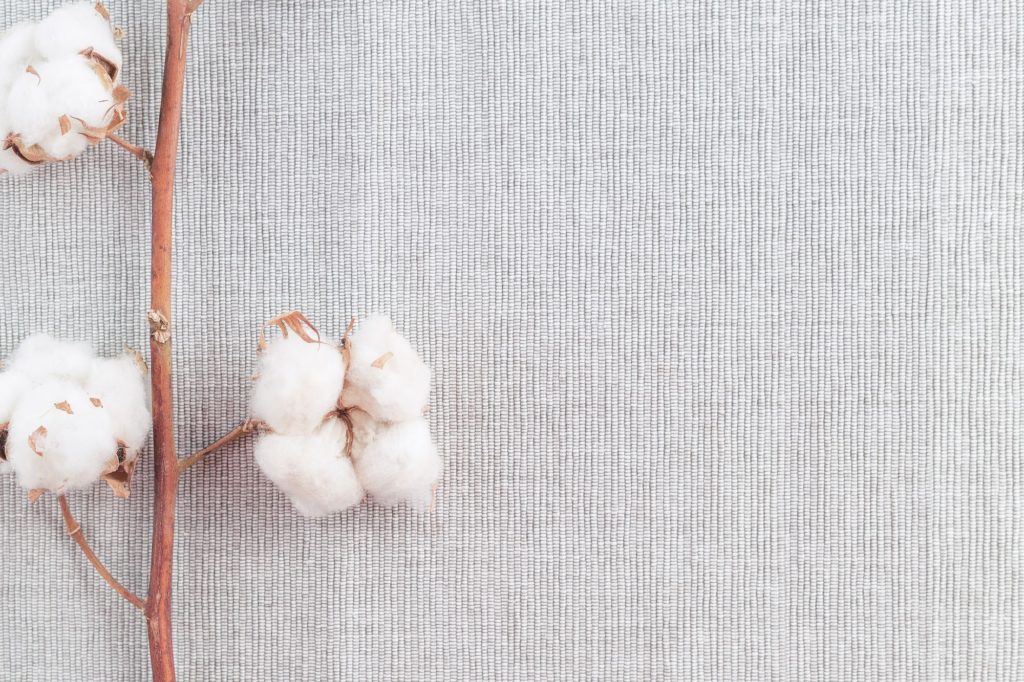
The most popular material is used for the majority of standard bed sheets and other cotton clothing.
Upland is the most widely grown cotton in the world.
The main advantage of upland cotton is the price. It’s absolutely affordable, at the same time, it does not pretend to be any praise for comfort, durability, or heat regulation. Normal material that we all know very well.
Cotton is non-allergenic and its cultivation and production are mostly environmentally-friendly (about how the production of our food).
The main disadvantage is due to the structure – shorter fibers are more likely to break out of the weave, which does not give high durability to the material, and also gives a coarser texture. The main difference between other types of cotton, Egyptian or Pima, is mainly in the significantly longer fibers.
Comparing Egyptian vs Pima Cotton…
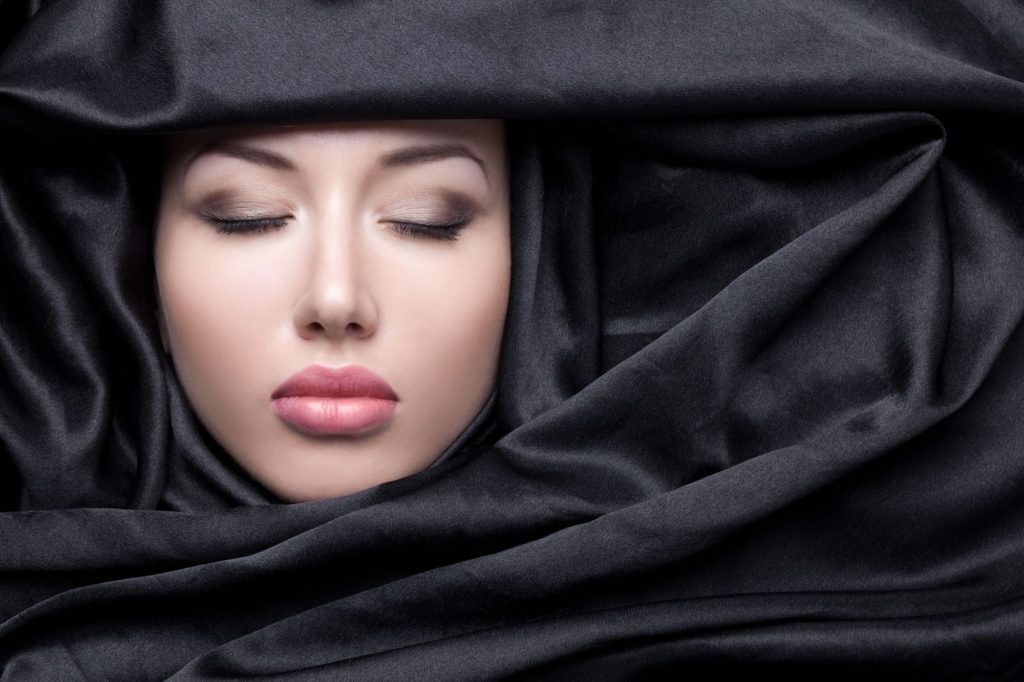
…, it’s easier to talk about small differences.
Both of these materials are considered a luxury.
They are stronger, softer, and more flexible than regular cotton.
So, other things being equal, Egyptian is one notch higher than Pima. Egyptian cotton is slightly softer to touch and more durable. As an advantage of Pima – it is usually allowed to wash at 60 degrees Celsius, as 40 degrees is recommended for the Egyptian. Also, Pima takes dye better and retains juicy colors longer.
Another great for Pima is the majority of it is grown in the United States.
In any case, the critical difference may lie in the price tag – they are both prone to frequent counterfeiting or kick-offs, a blend of one with a cheaper (less valuable) fiber.
What else is worth knowing about Pima is a Supima® trademark, the names come from combining Superior and Pima.

To be considered Supima®, cotton must be 100% grown in the US, and the fibers need to be extra long (1.5 inches compared to 1 inch of regular cotton.) When buying products labeled you are protected from more cheap blended materials.
Silk
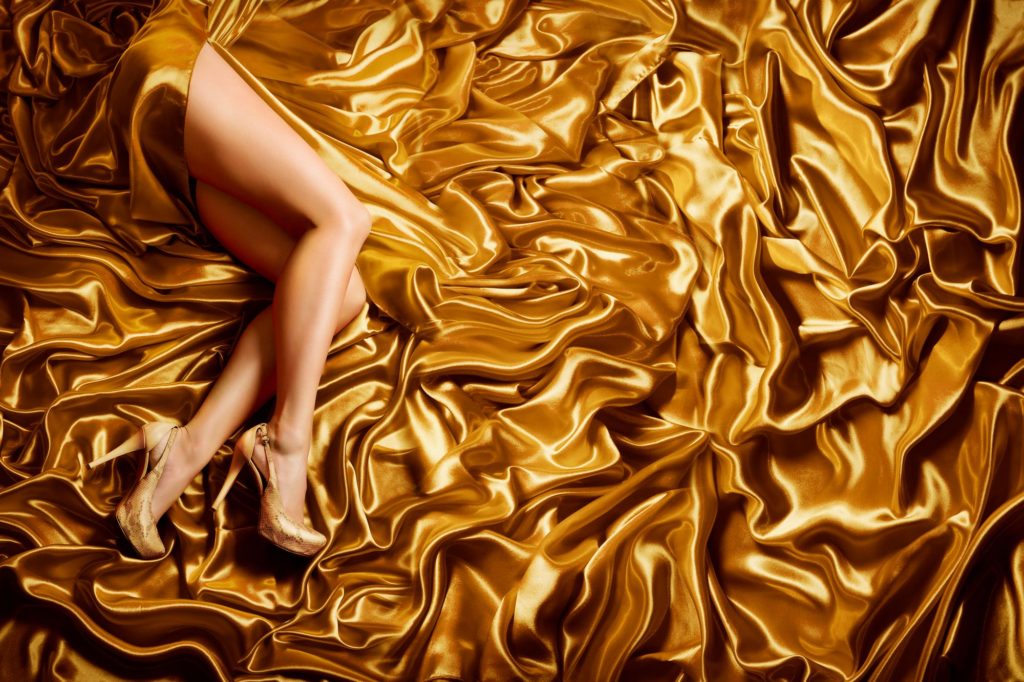
Your skin will definitely love it…however, just like your eyes will
Silk is a great option if you don’t mind paying for a premium fabric that is incredibly soft, cool to touch, smooth, luxurious, and hypoallergenic.
If you have delicate skin and cotton is unpleasant, silk can be a lifesaver for you.
As a fairly thin fabric with micropores, it wicks away moisture well. In hot climates, as well as for people suffering from excessive sweating, the bite will change the way you feel about comfort.
Besides the high price tag, another nuance of this type of fabric is the need for delicate care.
Cashmere and Pashmina
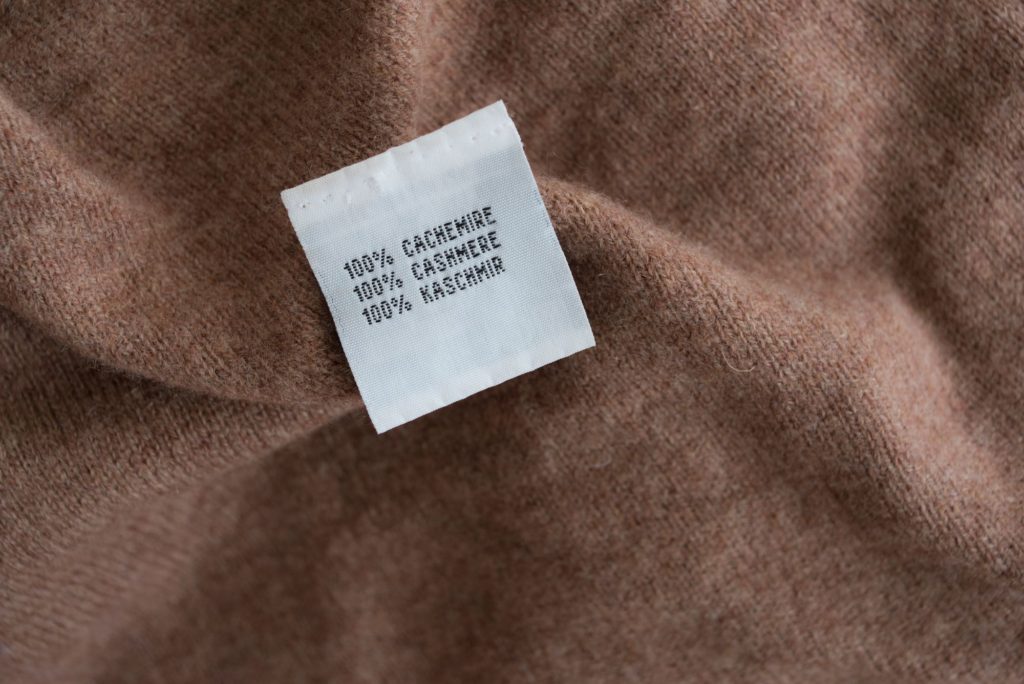
In the Middle Ages, in certain regions of Tibet and India, only members of royal families could have cashmere accessories.
Partly due to the fact that this material is quite moody – definitely not for everyday use.
It is mainly used for the production of clothes, but sometimes you can find bed sheets, and such a find can be a real treasure for your home.
Cashmere Fabric Manufacturing
The homeland of kashmir goats is the Himalayas, mainly the Ladakh region (Little Tibet) and Kashmir (north of India). At an altitude of about 15kft, where these animals live, there is a very harsh climate, thanks to which kashmir goats have such a thin, light, and warm fluff (undercoat). Cashmere is pleasant to the touch, light, and thin.
The yarn produced is very fine for industrial, machine production, so fabric production is still only done by hand.
Attempts to breed Kashmir goats in other regions with milder climates – Scotland, Australia, New Zealand, etc. – did not give good results. Descendants of Tibetan goats raised in milder climates have coarser fur.
The only place where it was relatively successfully done (with little loss of fluff properties) is the Gobi desert in Mongolia. It is there that today about 80% of the world’s cashmere is produced. However, the fluff of Kashmir goats, which are bred in Mongolia, is of lower quality, so it cannot be called pashmina. Mongolian cashmere is about 20% thicker than that is made in Tibet.
Pashmina
Pashmina is a material made from 100% cashmere goat fluff without any additions of wool or other materials. It is the product of 100% cashmere goat down in India (Kashmir), China (Tibet), Nepal, and Pakistan (Azad-Kashmir). For pashmina, the down on the belly and neck of the goat is combed out, where it is especially soft and thin. We can say that pashmina is an elite cashmere of the highest quality.
Of the total amount of cashmere produced, only 7% is pashmina.
Delicate Care
The regal nature of cashmere and pashmina lies not only in their characteristics. This fabric is also quite moody and delicate – it should not be used for a long time. Also, between uses, you need to give the fabric a rest, this will allow the fibers to restore structure and elasticity.
Hand washing is the only acceptable way to wash cashmere at home. Read below a common top for washing cashmere:
A detergent made for thin clothes should be used in warm or cool water. Soak the cashmere for 20 minutes by gently distributing soapy water over the entire surface. Drain the sink and rinse your sheets with clean cool water until the water runs clear and no soap remains on the cashmere. Squeeze out the water and spread the sheet on a clean white towel. Roll up the towel and press down gently to absorb excess water. Carefully remove the cashmere from the towel and smooth it back to its original shape. Cleaned cashmere can be placed on a clean dry towel or dryer until completely dry.
Flannel
Flannel is the best warm-keeping textile for your beddings.
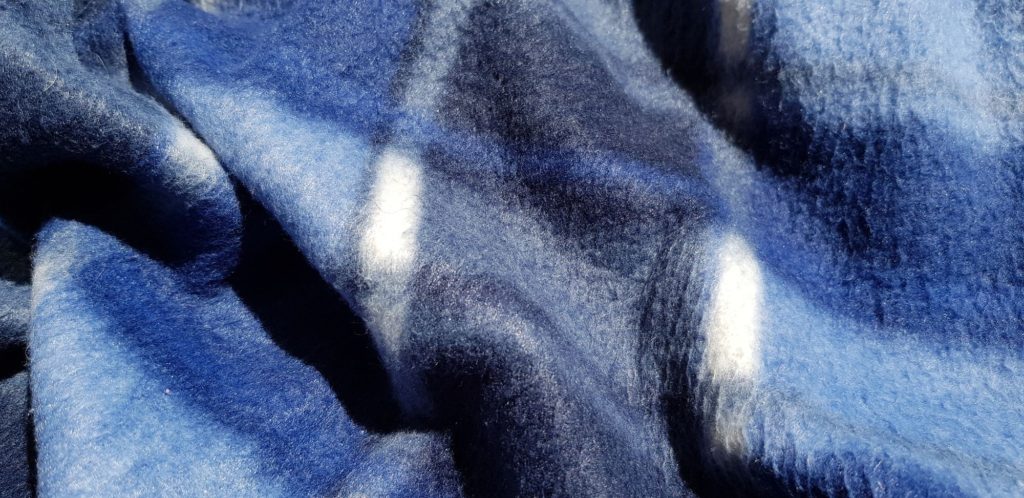
Flannel is made from wool, cotton, and other materials and their blends.
During the manufacturing process, the wool is brushed, which raises the nap, softens, and makes fibers denser. This process creates a soft and comfortable yet heavy fabric that keeps you warm by trapping body heat more effectively.
The heaviness of flannel makes it not a good choice for summer or warm weather.
Flannel is made from wool, cotton, and other materials and their blends.
During the manufacturing process, the wool is brushed, which raises the nap, softens, and makes fibers denser. This process creates a soft and comfortable yet heavy fabric that keeps you warm by trapping body heat more effectively.
The heaviness of flannel makes it not a good choice for summer or warm weather. Flannel is also not as breathable as cotton.
Tech tip: the quality of regular cotton is measured by thread count, while the quality of flannel is measured in weight (ounces per square yard). The heavier, the better.
Linen
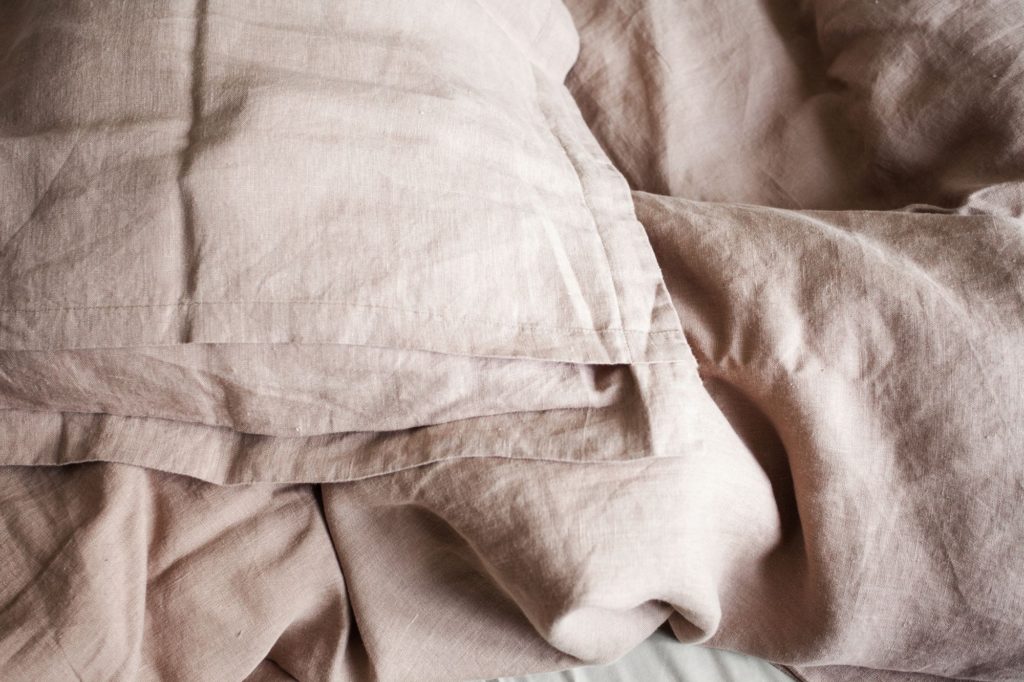
Linen fibers are stronger than cotton fibers. When new, linen may feel slightly stiff. They need several weeks of use and a few machine washes, after which the sheets become extremely soft and smooth without losing durability.
Linen fibers are stronger than cotton fibers. When new, linen may feel slightly stiff. They need several weeks of use and a few machine washes, after which the sheets become extremely soft and smooth without losing durability.
Linen is even used to make canvas and tarps. It has good resistance to chemicals and high temperatures, perfectly tolerates boiling and high-temp ironing.
What will remain with them forever is the tendency to wrinkle easily.
And this is already a matter of taste, many consider linen sheets to be completely unprepared and non-elegant. On the other hand, there is no better choice if you want to recreate or enhance the feeling of home comfort.
For sewing clothes, unbleached linen is often used, which has a specific muted gray-yellow color. Beddings linen is discolored – processing it also makes it immediately softer.
Linen beddings are hypoallergenic and inhibit bacterial growth.
Bamboo
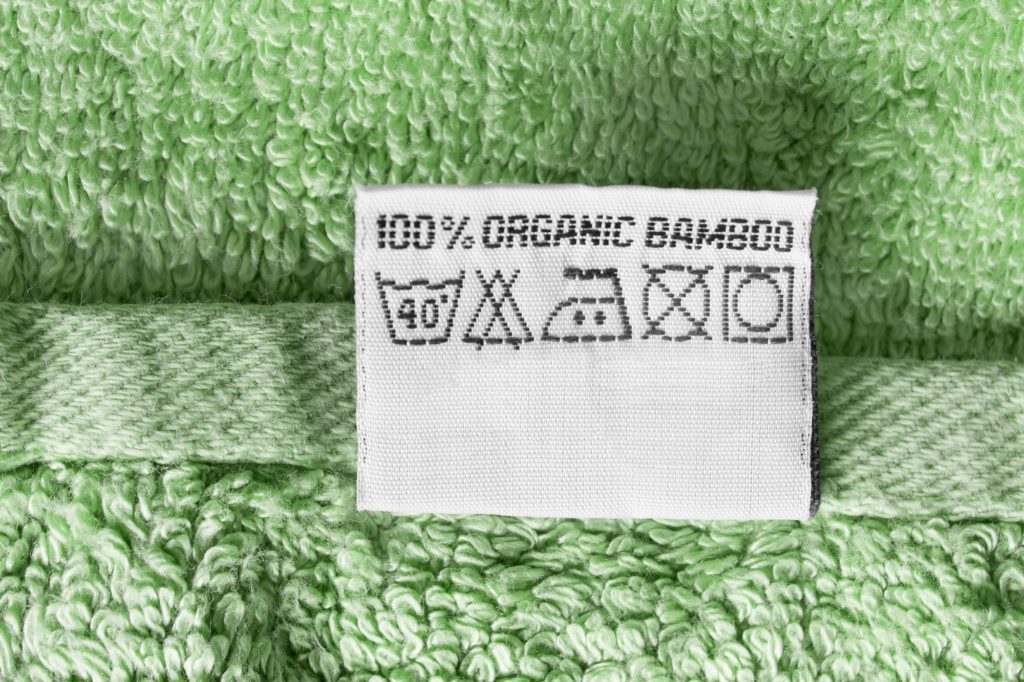
Bamboo may not be the first material that comes to your mind when you think about sheets.
But, in recent years bamboo sheets have been gaining more and more popularity. And for good reasons.
For softness and comfort, bamboo bedding can be compared to silk or Egyptian cotton – as well as in price. It is very soft, smooth, and extremely breathable.
At the same time, the bamboo fibers are longer, respectively, the fabric is more durable and practically not subject to the formation of pellets.
Bamboo is 100% hypoallergenic, but not 100% natural. Some chemicals are required to transform raw bamboo into a pulp, and then into fibers. These chemicals are then completely disposed of and will not harm. But at the bottom line bamboo cannot be called completely natural.
Bamboo is more breathable than cotton and doesn’t keep heat as well, making it a better option for a hot season.
If you are concerned about the environment, you will be glad to know that bamboo is one of the fastest-growing plants on Earth. Its harvesting is much more respectful of nature, for example comparing with timber harvesting.
When choosing bamboo sheets, pay attention if the label says “100% bamboo” or “Bamboo Rayon/Viscose.” Sheets made with the latter are not 100% natural and contain some artificial components in the blend.
Tencel®

Tencel® is a branded fabric whose raw materials and manufacturing processes may be controversial
Tencel® fabric is manufactured out of the cellulose in eucalyptus wood pulp.
Tencel is very soft, breathable, and wicks away moisture better than cotton does. It’s also more durable compared to cotton fabrics, especially when wet.
The raw materials are all-natural, but to transform them into fabric requires sophisticated manufacturing technology that involves the usage of chemicals which, in turn, can cause issues for some people (it’s not 100% hypoallergenic).
A set of beddings made of Tencel may cost more than cotton due to the complex manufacturing process.
Some say Tencel feels somewhat clammy compared to cotton.
Polyester / Polycotton
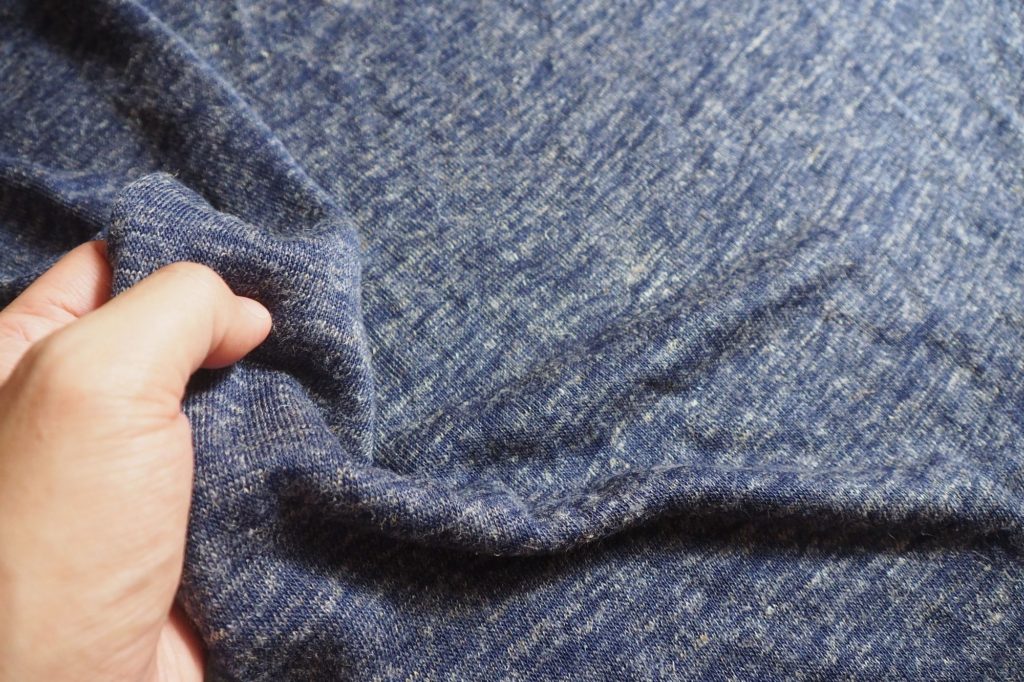
A man-made material that it is less expensive and more durable, compared to cotton.
Polyester is an artificial man-made material, produced by a chemical reaction between such materials as alcohol, petroleum by-products, coal, acid, and others. This material is ideal for outwear with its great resistance to water and wind.
It’s never desirable to have a long contact of bare skin with polyester.
Polyester also has a tendency to electrify, which can cause severe discomfort.
However, polyester is rarely used in its pure form as a material in bedding – most often it’s a blend of polyester and cotton, aka Polycotton. About 80% of all hotels in the world use bedding sets from this material.
The optimal blend 50%/50% provides the best of two worlds, while some negative sides of both cotton and polyester are still noticeable.
Then you need to determine what is required from the fabric – durability or comfort. In this case, you should look at the proportions of 35/65 or 15/85.
